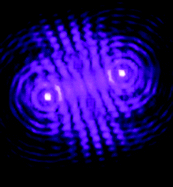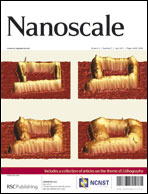The pathway towards the realization of optical solid-state lasers was gradual and slow. After Einstein's paper on absorption and stimulated emission of light in 1917 it took until 1960 for the first solid state laser device to see the light. Not much later, the first semiconductor laser was demonstrated and lasing in the near UV spectral range from ZnO was reported as early as 1966. The research on the optical properties of ZnO showed a remarkable revival since 1995 with the demonstration of room temperature lasing, which was further enhanced by the first report of lasing by a single nanowire in 2001. Since then, the research focussed increasingly on one-dimensional nanowires of ZnO. We start this review with a brief description of the opto-electronic properties of ZnO that are related to the wurtzite crystal structure. How these properties are modified by the nanowire geometry is discussed in the subsequent sections, in which we present the confined photon and/or polariton modes and how these can be investigated experimentally. Next, we review experimental studies of laser emission from single ZnO nanowires under different experimental conditions. We emphasize the special features resulting from the sub-wavelength dimensions by presenting our results on single ZnO nanowires lying on a substrate. At present, the mechanism of lasing in ZnO (nanowires) is the subject of a strong debate that is considered at the end of this review.

You have access to this article
 Please wait while we load your content...
Something went wrong. Try again?
Please wait while we load your content...
Something went wrong. Try again?


 Please wait while we load your content...
Please wait while we load your content...